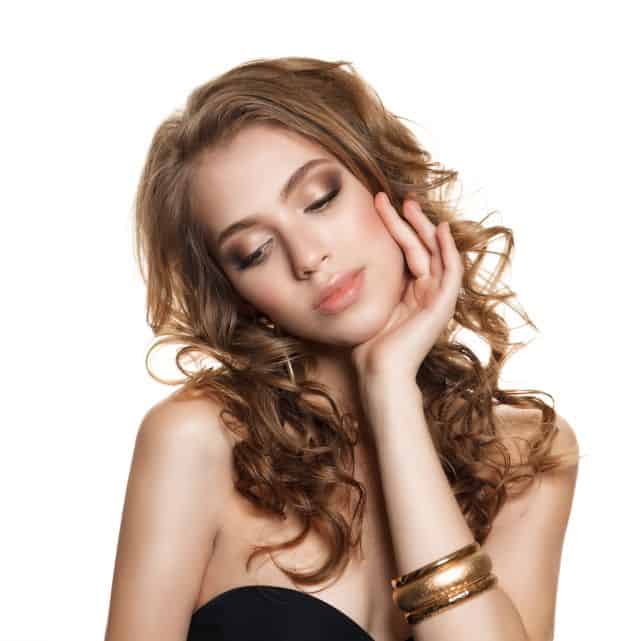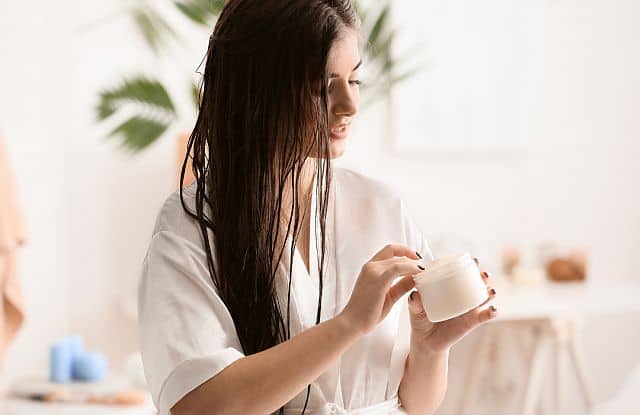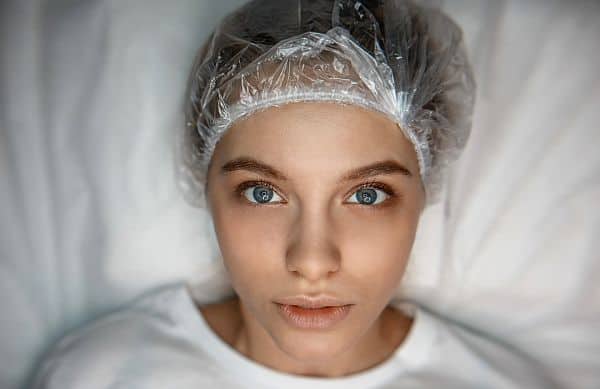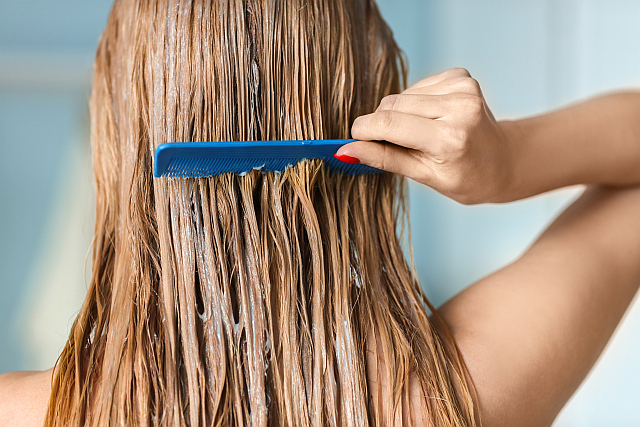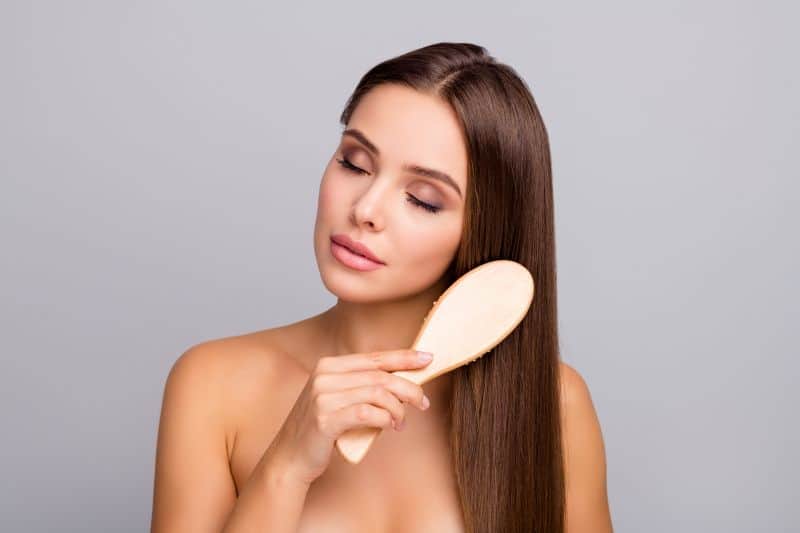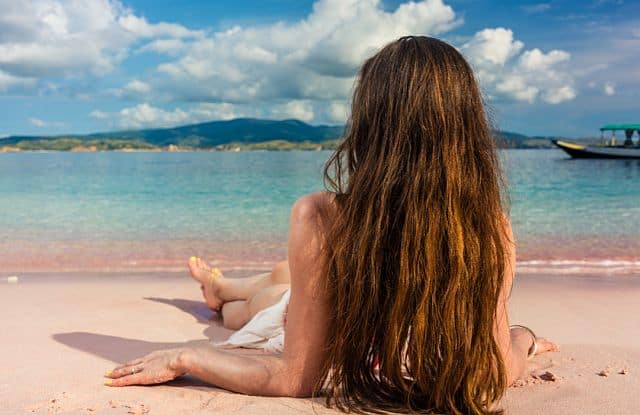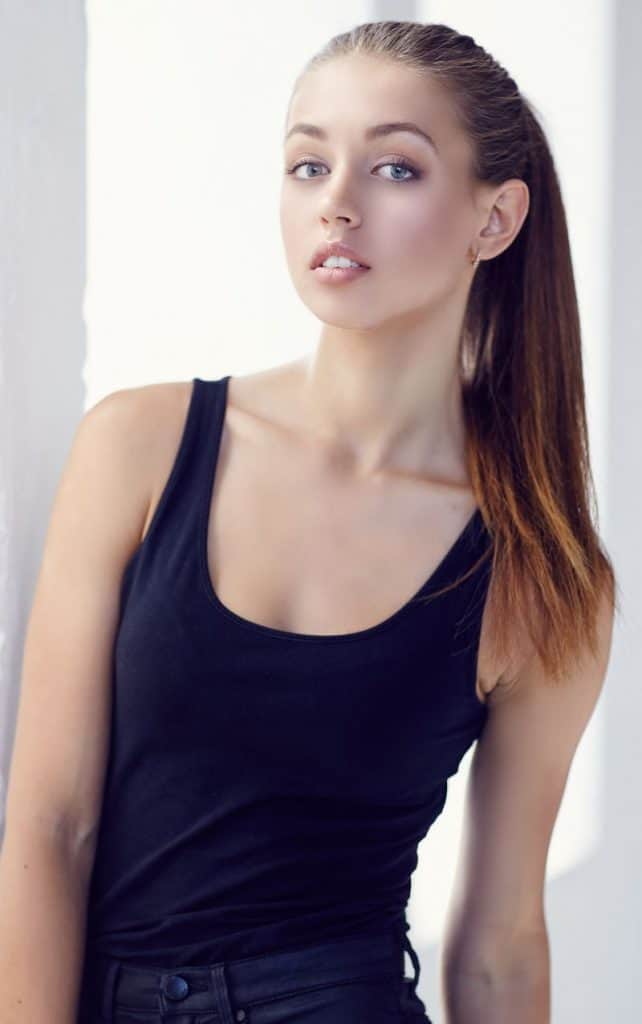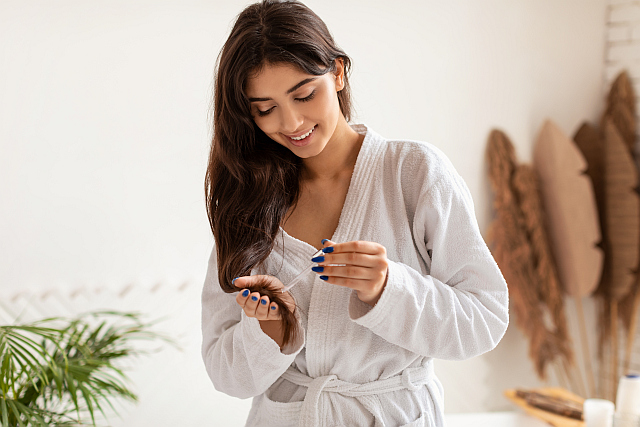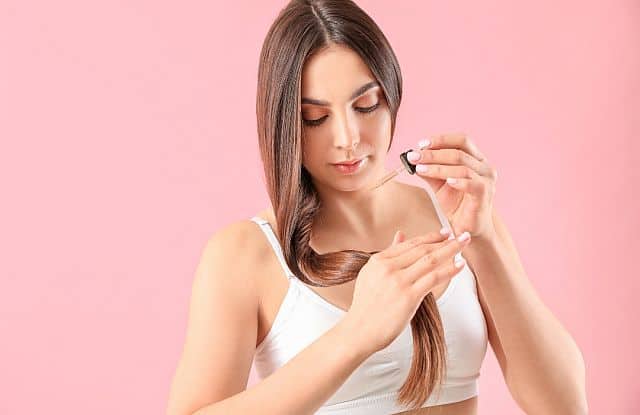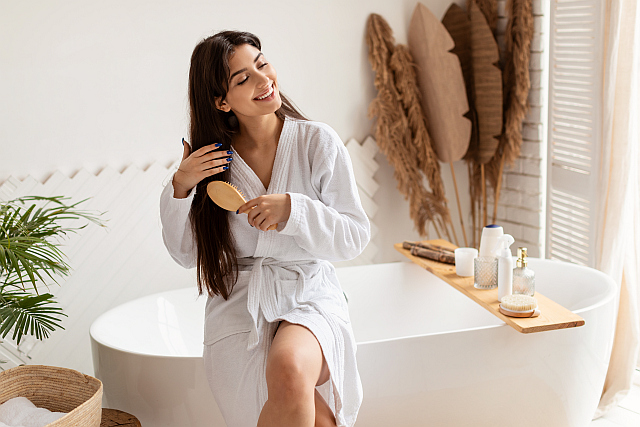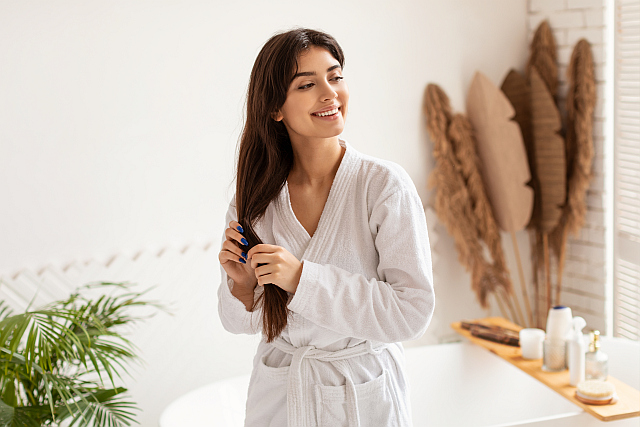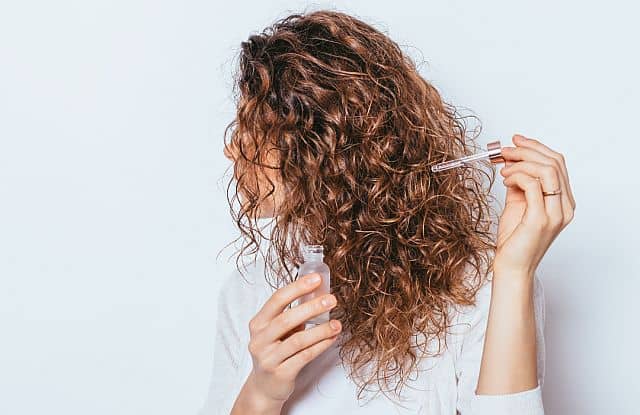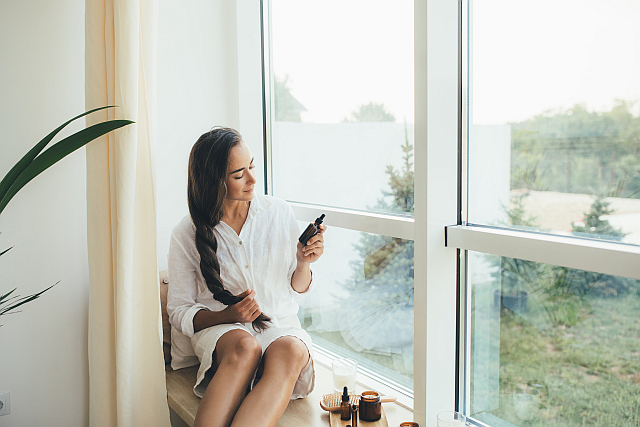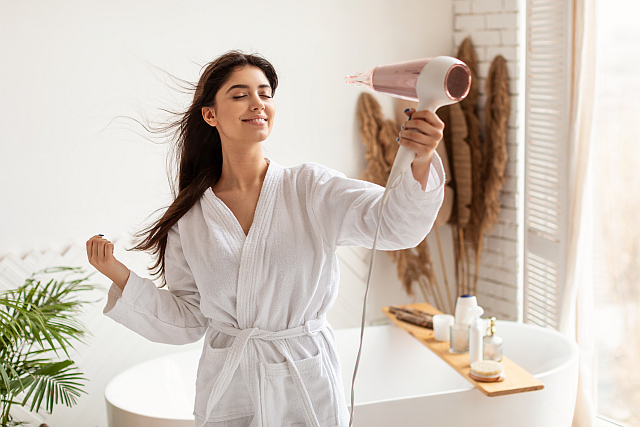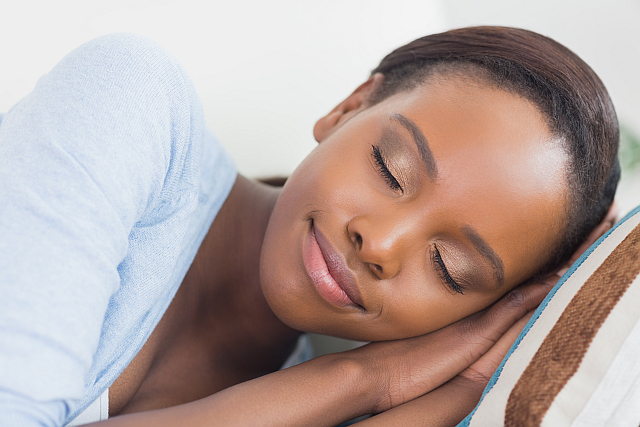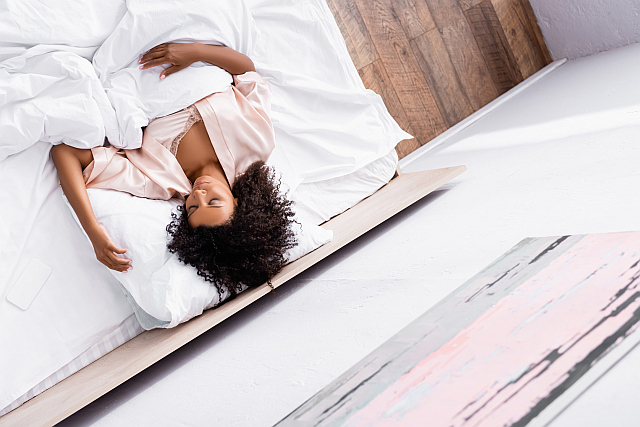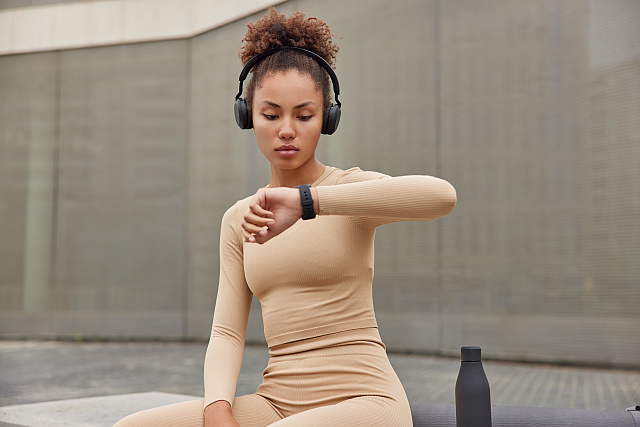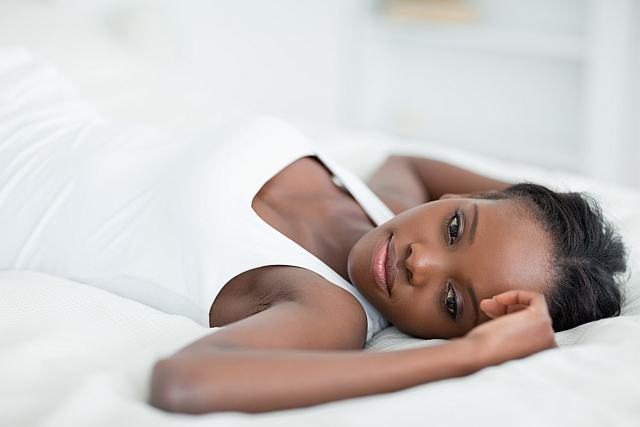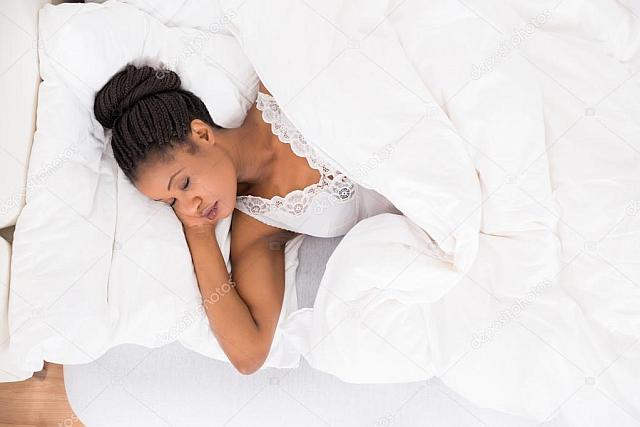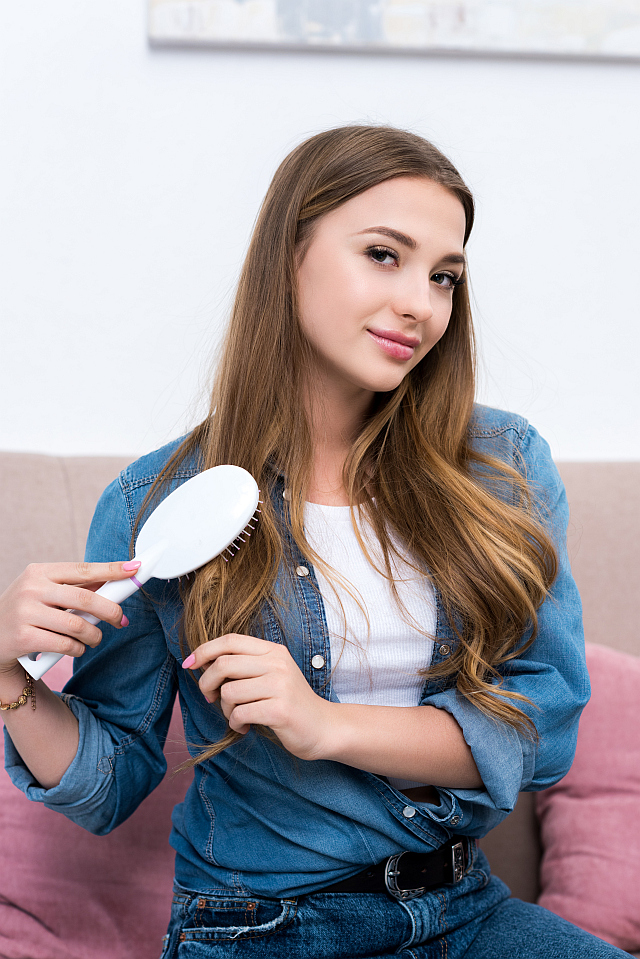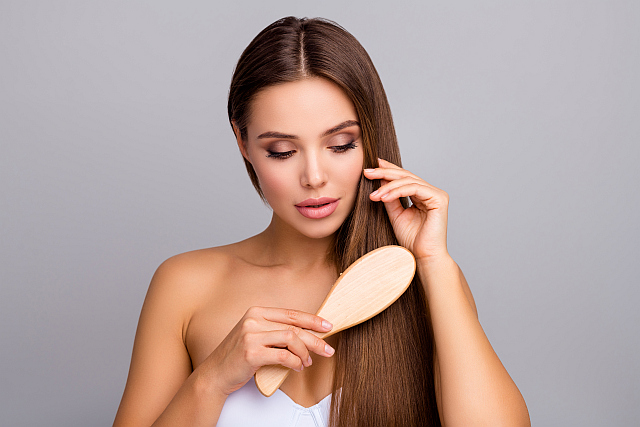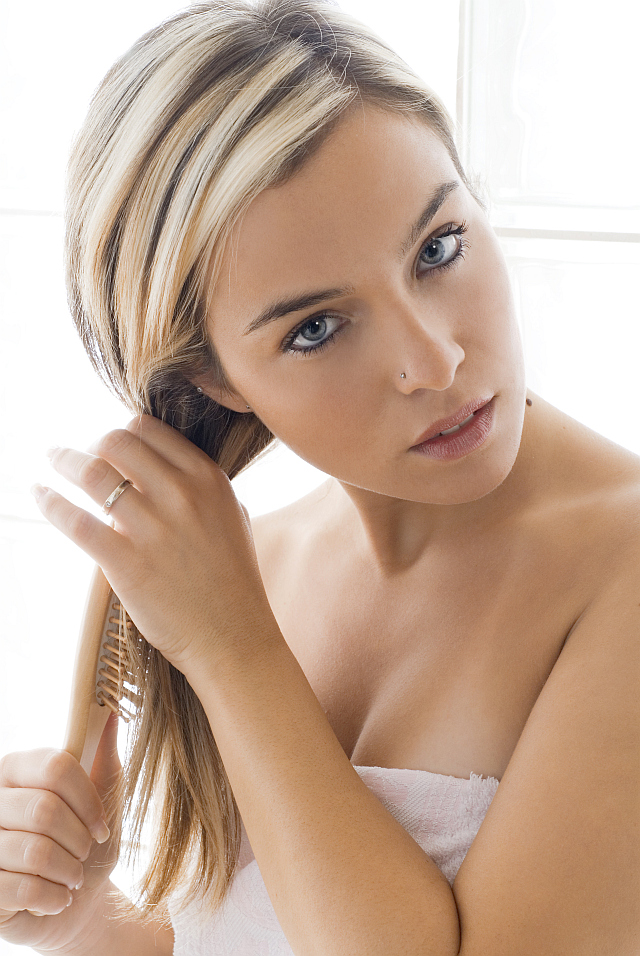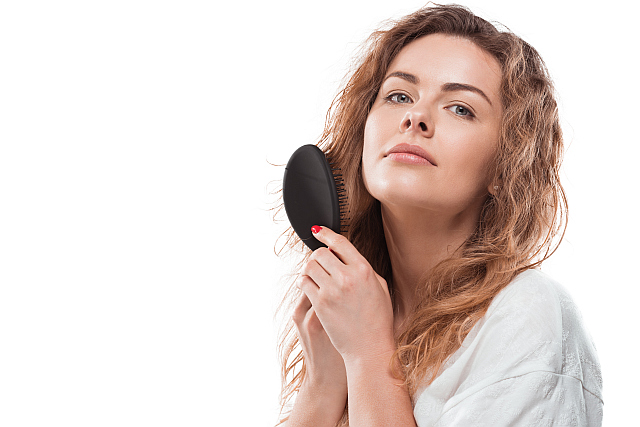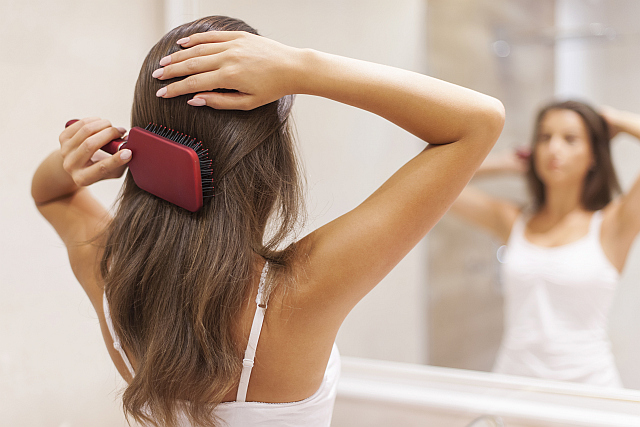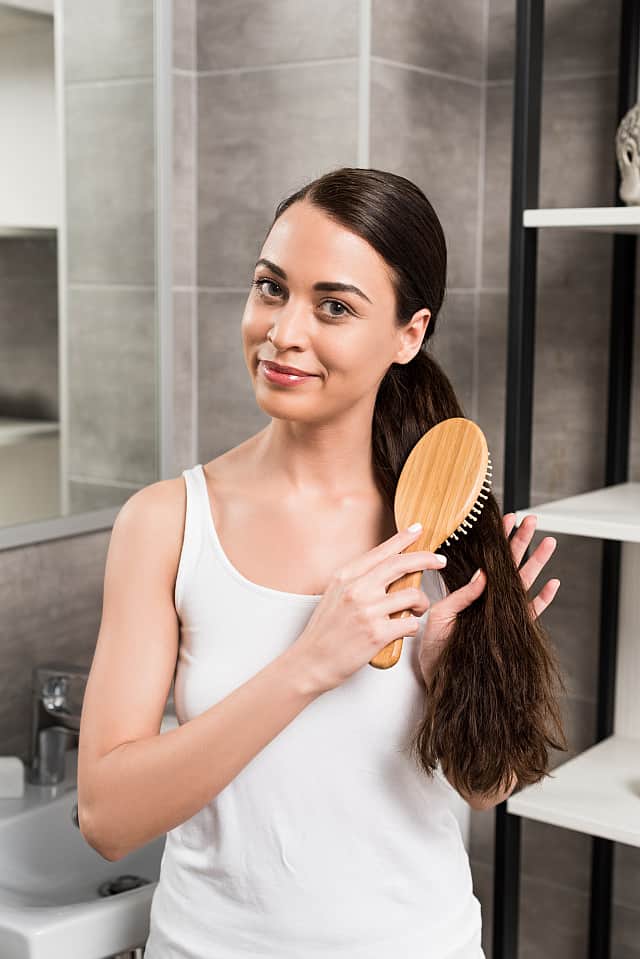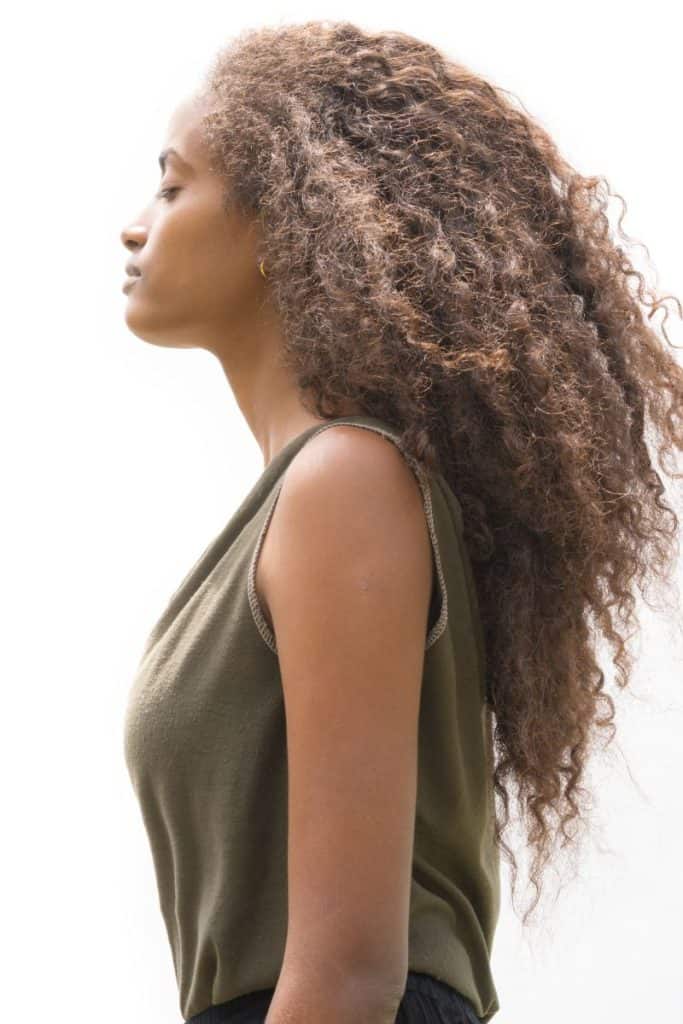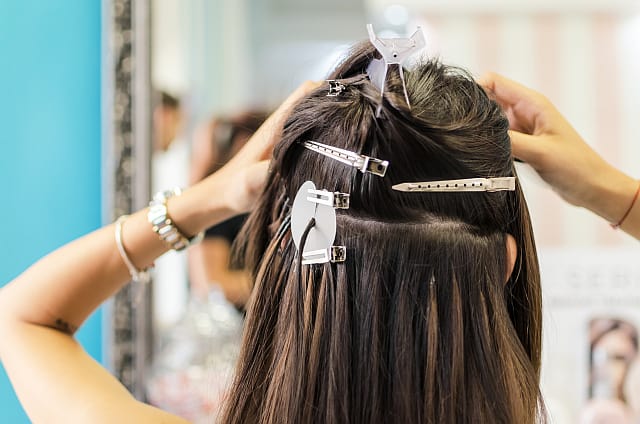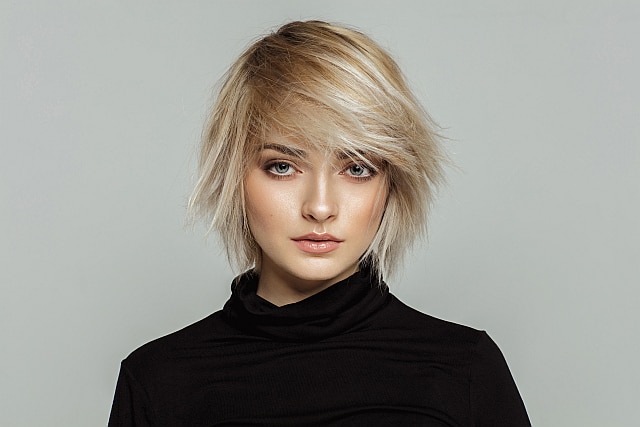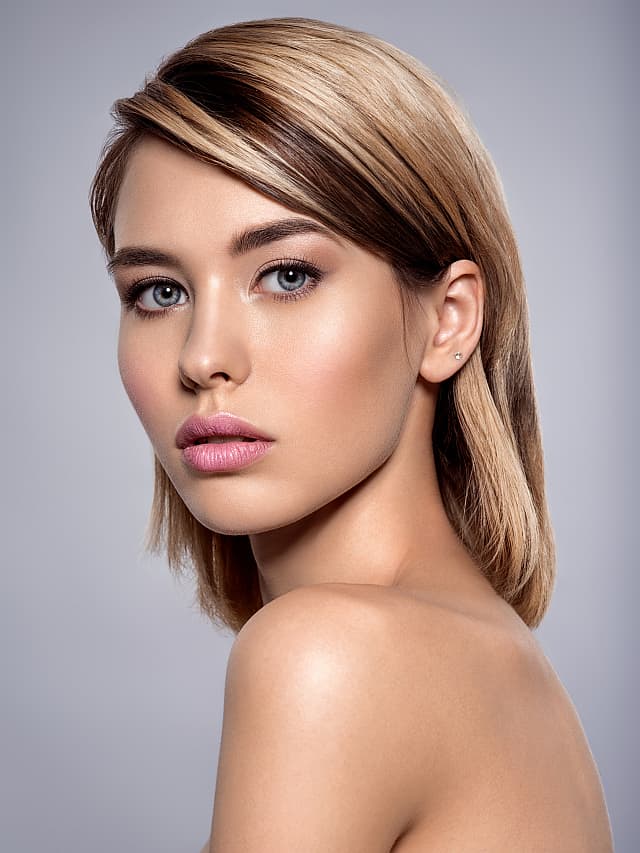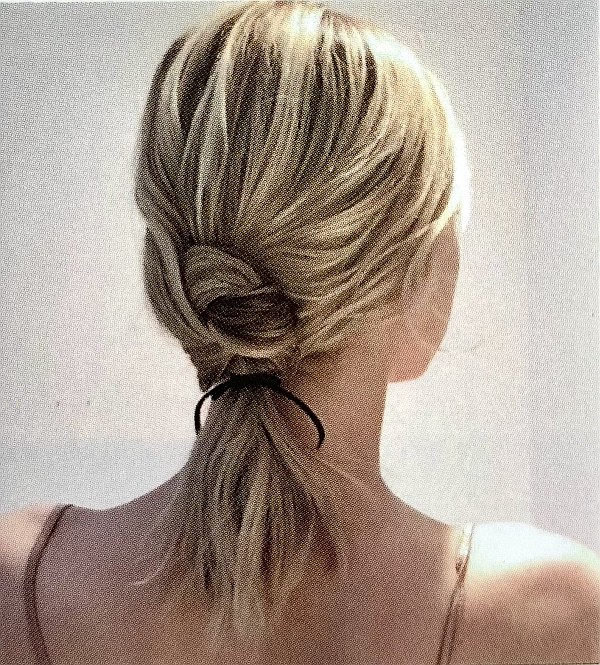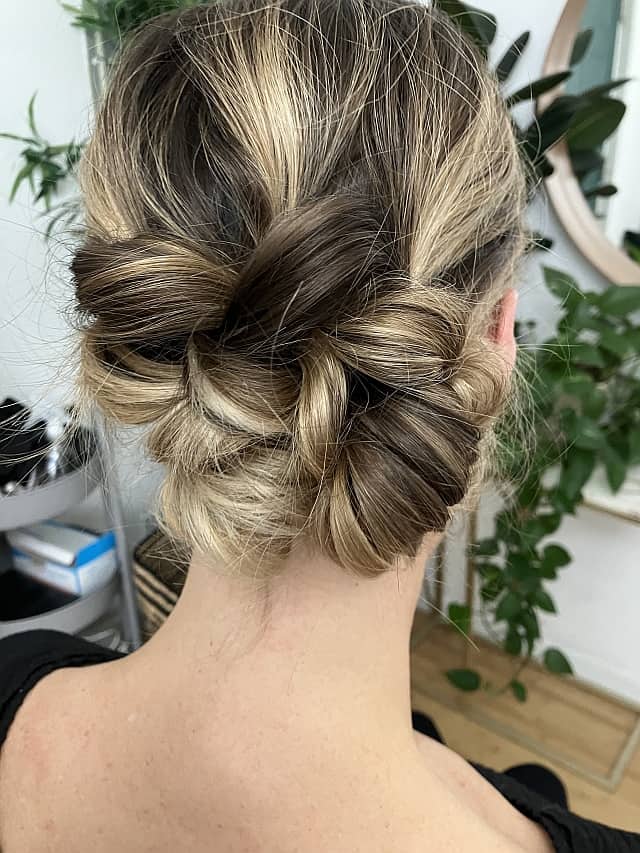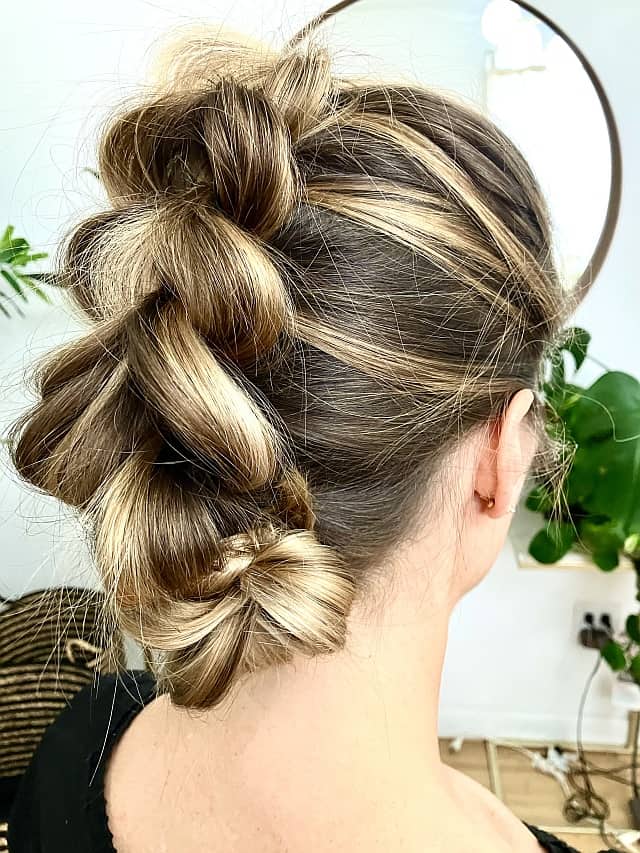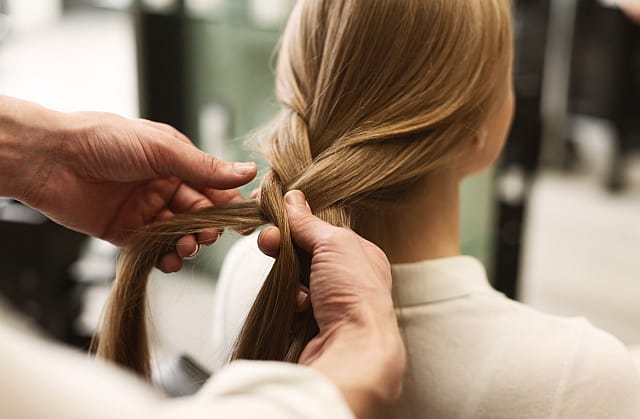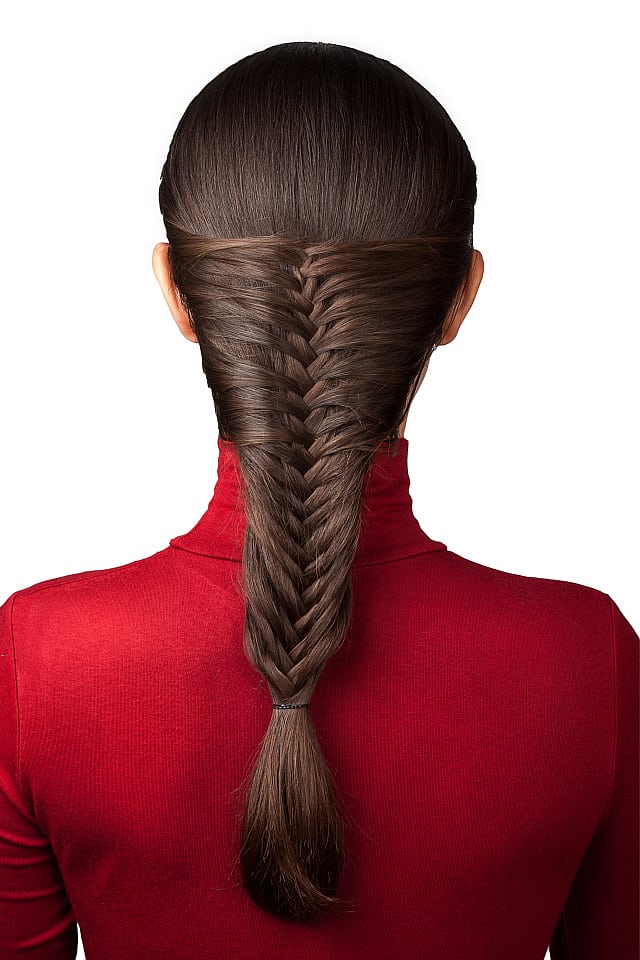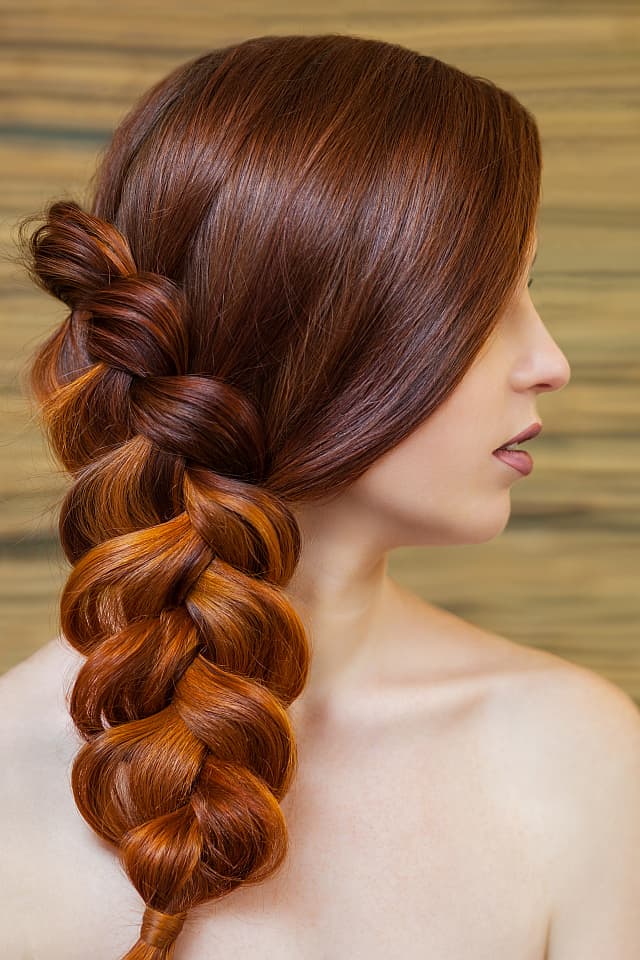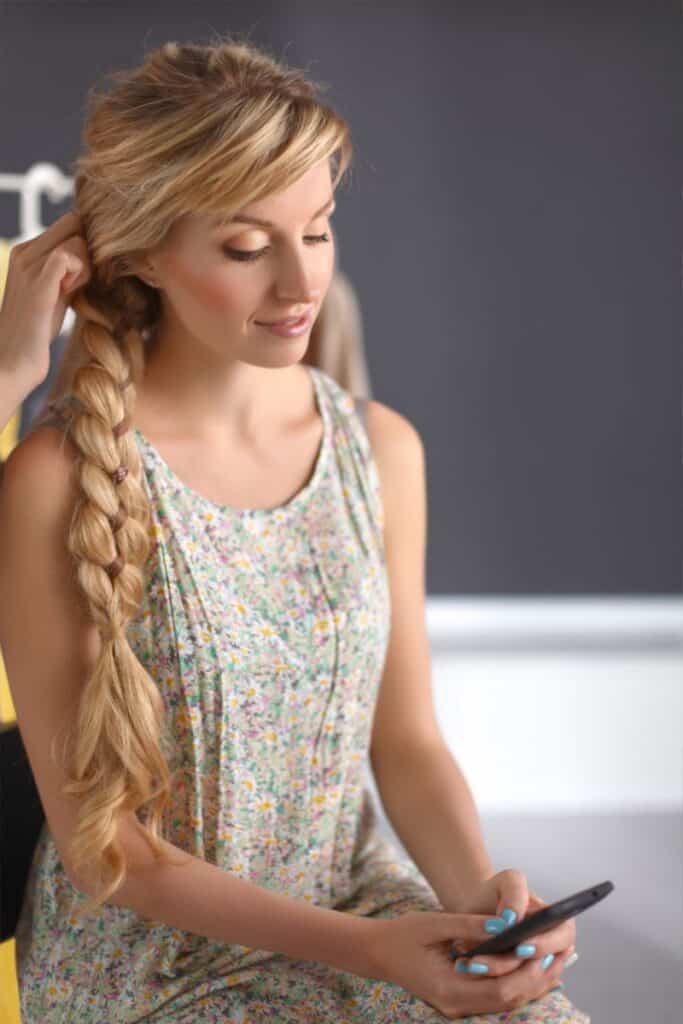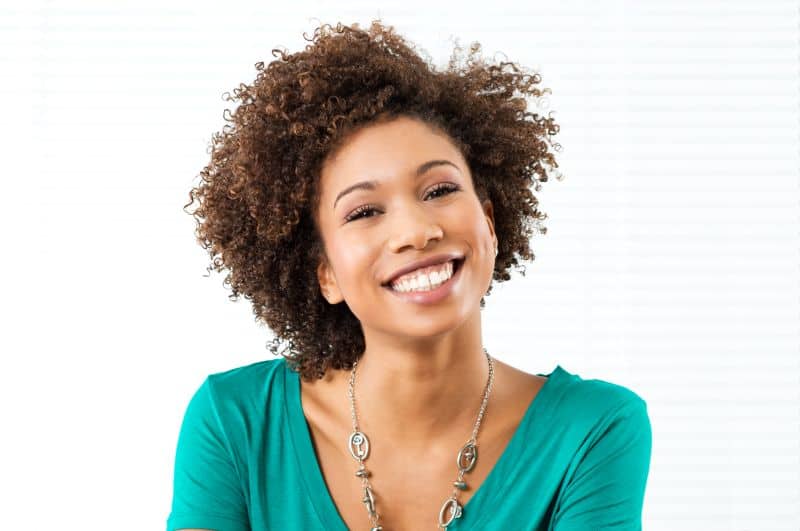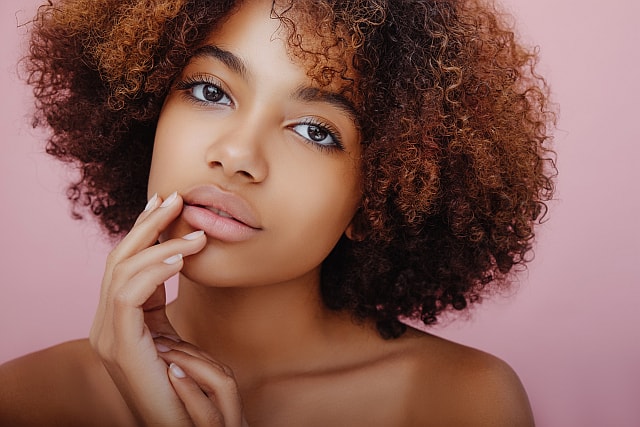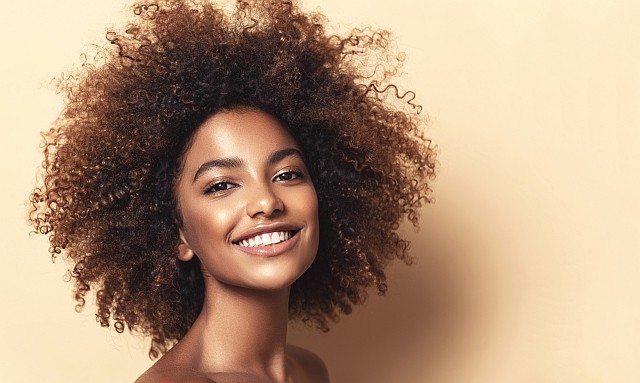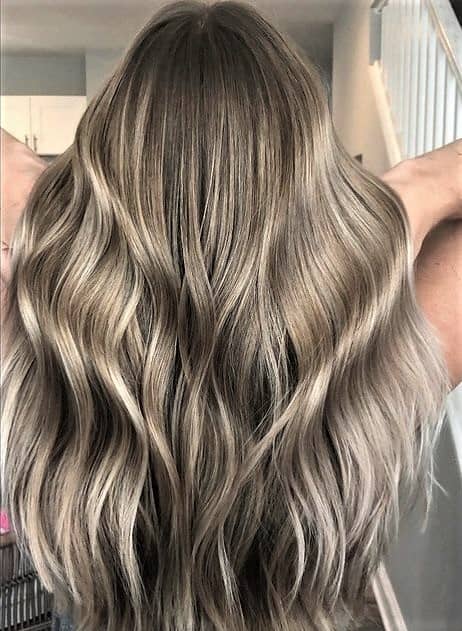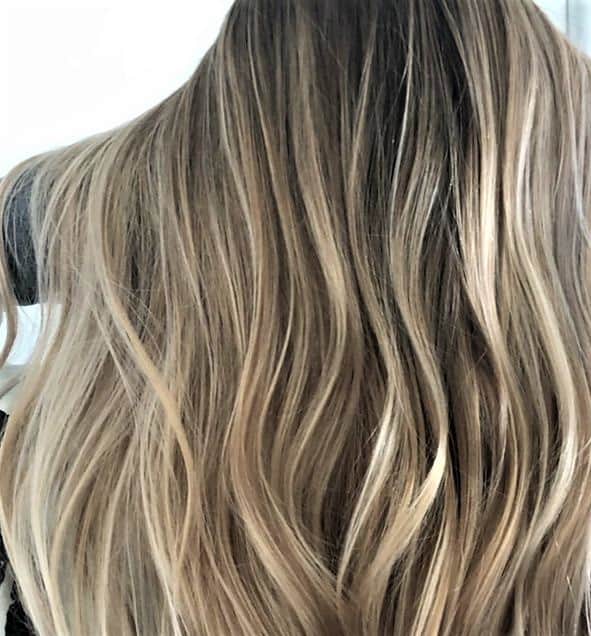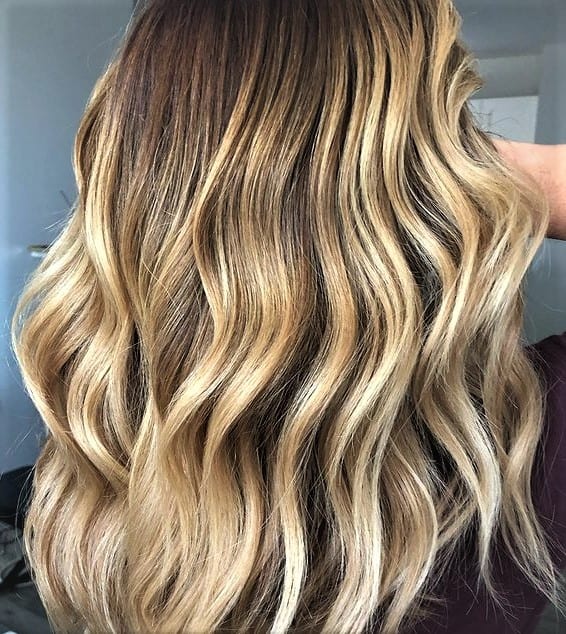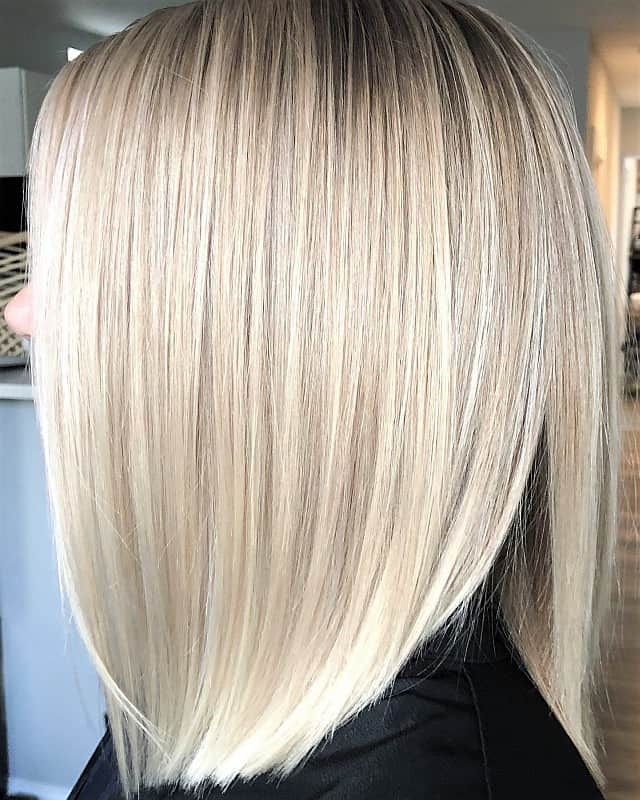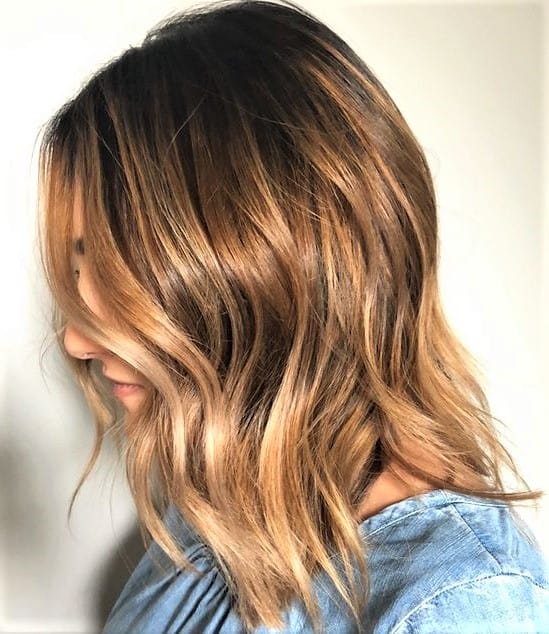Can You Create Voluminous Curls Without the Heat?
People with fine and/or thin hair, or those dealing with thinning hair, constantly seek ways to make their hair appear fuller. People who have straight hair that simply hangs want to find ways to rejuvenate their locks. Some people experiment with volumizing haircuts, some try various styling tricks, and still, others use volumizing products to create the illusion of fuller hair.
Over the last few decades, electric-powered styling tools have inundated the market with damaging effects from the heat. The tools allow customers to achieve their desired results at home, but it comes with a cost.
Although seemingly old-fashioned, hair rollers are a great way to create curls and add volume to fine and flat hair. Recently, women are starting to return to hair curlers as a healthier alternative to curling irons and wands. This heatless styling method can add natural-looking volume to hair with less damage than electric hot tools.
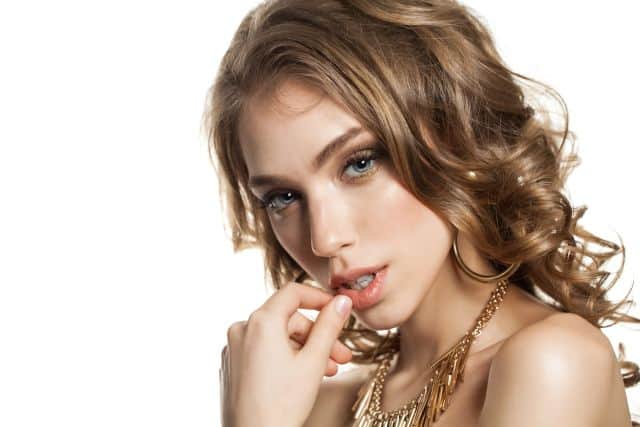
What Are the Best Curlers for Volume?
Hair curlers come in a variety of sizes and diameters. Not every size will help create voluminous hairstyles. To boost fullness, a wider diameter is best. Anything beyond 1.5 inches isn’t the perfect size for creating volume.
Large curlers also make hair look freshly blown out without using a blow-dryer, regardless of the texture and type of your hair. The curlers lift the roots from the scalp, so your hair won’t look heavy or lifeless.
In addition to the volumizing effect, large curlers can make curly hair look straighter, reducing the need for using a flat iron. If you don’t want curls but want your hair to appear fuller and bouncier, large hair curlers are the way to go. The versatility of curlers provides a nice break from hot tools that damage all hair types.
The quality of rollers is crucial, especially for people with fine or thinning hair. The installation and removals must be both simple and secure. Flimsy rollers can tangle hair and pull it out. Fine hair is delicate and susceptible to breakage as it is, so using appropriate curlers is vital to the health of your hair.
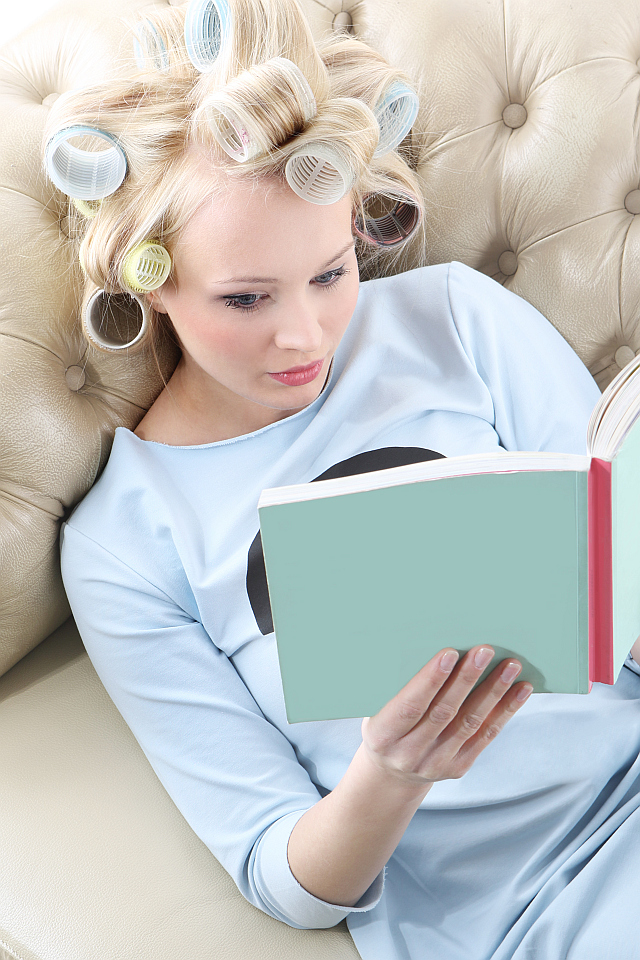
Best Velcro Rollers for Fine Hair
Suggested product: Drybar High Tops Self-Grip Rollers
This pack of 6 velcro rollers includes two sizes: 3 very large rollers and 3 medium (still large) rollers. This set works best for very long straight hair. Larger rollers are huge enough to handle very long hair, but you will need two sets.
They are nicely vented, which helps speed up the drying process.
The good thing is that these rollers give the appearance of fullness to fine hair and can make it look like you have just got a blowout. They are perfect for getting the volume in the crown.
The less good news is that although described as “self-grip” they won’t grab hair tightly, so you have to clip them.
It would be best to put these rollers after rough drying hair. Then finish blow-drying and let them sit on your hair for 15 minutes.
Volume without Heat: Foam Rollers
Related product: Conair Jumbo Self-Fastening Foam Rollers
You get 9 jumbo foam rollers in a clear zippered carrying case. For longer or thicker hair, you will need 2 packs.
These rollers work best for boosting volume in fine hair and for adding lift to flat straight hair. The size is ideal for adding volume and creating voluminous retro curls. You can also use them to smooth curly hair and give it a rest from hot tools.
If you are looking for voluminous rollers that are comfortable to sleep in, this may be a good choice.
The biggest con is that they like many sponge rollers leave dents in the hair.
If you are going to use them overnight, make sure that your hair is mostly dry, especially if you have thick hair that needs more time to dry.
Magnetic Rollers for Long Hair
Diane Magnetic Rollers – Pack of 6 Hair Rollers
You get 6 large curlers. If your hair is of medium length and density, you will need 2 packs. These curlers are intended to increase the volume of long hair or to create loose waves. Short hair may be hard to curl around. Good ventilation helps to dry hair faster.
For those who want curls, these curlers are not the best choice. These jumbo curlers will get straighter hair with slightly curled ends. They can give a nice volume and help you to get the most out of your blowout. This can save you money and reduce the use of harsh styling tools.
Although they are called “magnetic” you will need long metal pins to secure them.
Use them after towel-drying and dividing the hair into sections. Roll up a section of hair around working from the ends to the roots. Then use pins to secure them. Allow your hair to air dry or speed up the process with your dryer if you are short of time.
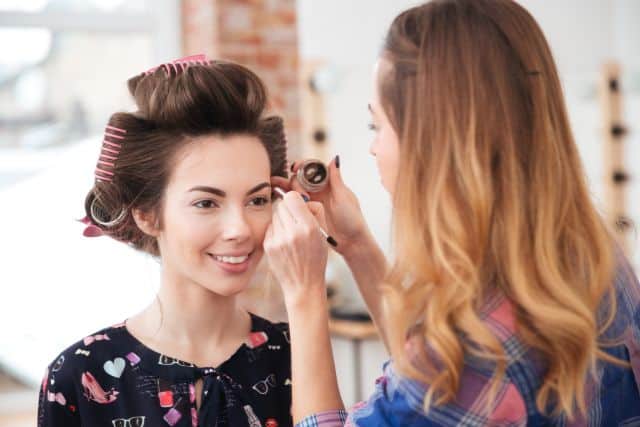
Pro Tips for Using Hair Rollers on Fine and Thin Hair
- If you have fine or thinning hair, you might want to put curlers on damp hair. Because fine and thin hair dries faster than thick hair, you won’t have to wait long to get the desired effect.
- If you have thick and dense hair (and looking for a bit of lift), it is better not to put curlers on wet hair because it will take longer for your hair to dry. If you’re short on time, this may be inconvenient, so it may be appropriate to put the rollers on almost dry hair.
- Try to fix the curlers using pins to prevent them from moving in the hair, which can result in tangles.
- To prevent hair from coming out of the curler, use a texturizing spray or dry shampoo. Texturizing products will also make volume and waves last longer.
- Make sure to properly remove the hair rollers. Experiment to find the gentlest way to slide them down so you don’t break your hair or ruin the effect you are trying to achieve.
- After curling, use a little spray to make the results last longer. If you want a wavier look, apply the spray before curling so the waves will not fall out.
Final Words
If you have long hair, make sure to use rollers with a large diameter (above 1.5”) that have the potential to create volume. If you have short hair, look for a smaller diameter, so that your hair can wrap around.
Don’t just look for the cheapest curlers, nothing can fix broken strands. Read product reviews and scrap any that mention tangled or pulled hair.
